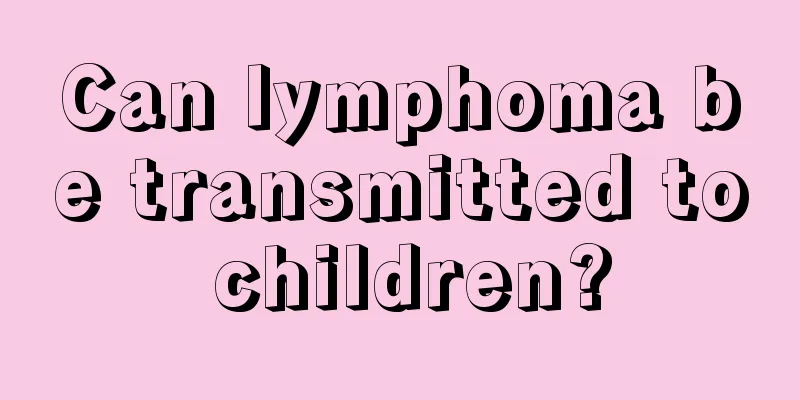Is it necessary to get the chickenpox vaccination?

|
The chickenpox vaccination is definitely necessary. When the baby reaches a certain age, he or she needs to go to the hospital for vaccination. This can prevent them from getting the disease chickenpox in the future. If it has already happened, the effect of the vaccination may not be so good. The vaccination must be given before it happens. Only in this way can the source of infection be well controlled. chicken pox Control the source of infection and isolate the child until all the rashes are scabbed over. Susceptible children who have been in contact should be quarantined for 3 weeks. For people with weakened immune function, those taking immunosuppressants, and pregnant women, if there is a history of exposure, immunoglobulin G or herpes zoster immune globulin can be used for intramuscular injection. The live attenuated varicella vaccine is the first human herpes virus vaccine approved for clinical use in many countries. Follow-up observations after vaccination found that the varicella vaccine has a good protection rate for recipients. The disease is caused by infection with the varicella-zoster virus (VZV). Varicella-zoster virus belongs to the Herpesviridae family. It is a double-stranded DNA virus with only one serotype. There are at least eight types of viral glycoproteins, which determine the pathogenicity and immunogenicity of the virus. The virus has very weak survival ability in the external environment, is not resistant to heat and acid, and can be inactivated by disinfectants such as ether. Humans are the only host of the virus, and patients are the only source of infection. The infectious period is generally from 1 to 2 days before the rash appears until the herpes is completely scabbed. Immunodeficient patients may be contagious throughout the course of the illness. Children may also develop chickenpox if they come into contact with someone with shingles, as the two have the same cause. Chickenpox is highly contagious, and the main routes of transmission are respiratory droplets or direct contact. After the virus infects the human body, it first proliferates and replicates in the local lymph nodes in the nasopharynx for 4 to 6 days, then invades the blood and spreads throughout the body, causing lesions in various organs. The lesions of this disease are mainly in the spinous cell layer of the skin. The cells swell and degenerate to form cystic cells with eosinophilic inclusion bodies in the nucleus. Herpes is formed after cell lysis and infiltration of tissue fluid. The blister fluid contains large numbers of infectious virus particles. Blisters are also common on the mucosal surfaces of the oropharynx, respiratory tract, gastrointestinal tract, conjunctiva, and vagina. People of any age can be infected with the varicella-zoster virus, with infants, preschoolers and school-age children being more likely to be infected, and infants under 6 months old being less likely to be infected. The spread of varicella among susceptible populations depends mainly on factors such as climate, population density and medical and health conditions. |
<<: What is the reason for joint pain
Recommend
Can I use salt water to wash my nose?
Rhinitis is a very common nasal disease. It cause...
There are small thorns on the grapes
People who love fruits must have encountered this...
What causes gray sputum
As the saying goes, diseases come from the mouth....
Swollen eyelids and red bloodshot eyes
The phenomenon of swollen eyelids and red bloodsh...
Does pelvic repair really work?
For new mothers, their bodies will gradually reco...
Is it okay if I get bitten by a white mouse and bleed?
In life we often joke that I won’t keep you as ...
What are some good ways to prevent lung cancer? Ten common measures to prevent lung cancer
It is difficult for everyone to avoid getting sic...
Biliary duct stone surgery process
Gallstones are a very common biliary disease. Onc...
Taboos after tetanus injection
Because tetanus is too common, it is not easy for...
How do I tell if I am malnourished?
In modern society, many people suffer from malnut...
Will gastric bleeding definitely cause diarrhea?
Diarrhea is a common symptom in life. People gene...
What should I do if I get pregnant again six months after giving birth?
After giving birth, a woman's health will bec...
Can I still have sex after I get pregnant?
After a woman becomes pregnant, there are many th...
What are the initial symptoms of gastric cancer?
In clinical work, I encounter many patients who a...
How are the explosive power training methods of shot put similar?
We should all be familiar with shot put, which is...









